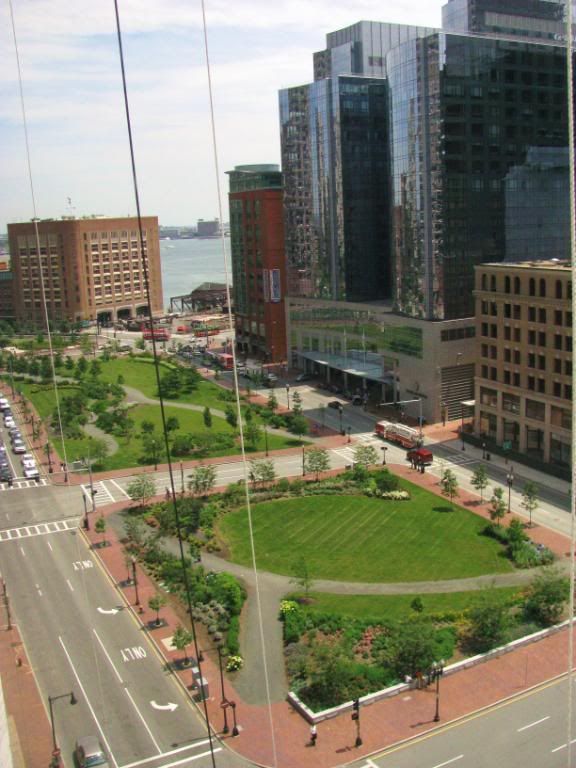Long time lurker that felt compelled to respond to the Big Dig bashing (sorry to be a couple days late).
Cost:
Some members have bandied about the $30B figure which is absurd. The construction cost was $14.8B. There's another $7B in interest payments (the present value of which is obviously much less). At any rate I think it's tough to blame engineers (or contractors or unions) for inadequate financing. Of the $14.8B, the Feds picked up something north of $9B. Meaning the Big Dig cost the taxpayers of MA $5B in change in construction costs. As Pelhamhall eloquently stated, this includes more than just a highway. Hundreds of acres of parks, streetscape improvements, utility upgrades, transit improvements, etc. Granted, the project is a posterchild for special interest earmarks, but let's not pretend that we got no bang for our buck.
Union Labor
The Project Labor Agreement was designed to provide labor stability. In essense the PLA set a schedule of wages that would be paid to all labor and included agreements not to strike as well as setting targets for minority / female employment. This undoubtedly increased the cost of the project early on, but towards the end of the Big Dig (when construction labor prices were through the roof) there were actually union members making
less than their non-union counterparts. There aren't enough non-union craftsmen in the city to build the Big Dig. The project needed union involvement (and tranquility).
Safety
The ceiling collapse notwithstanding, the Big Dig was actually an exceptionally safe "mega project" as mega projects go. There ended up being 1/4 as many serious accidents as insurance underwriters had predicted at the project's outset. And to imply that labor is at fault for the ceiling collapse is a bit of a stretch. The iron workers who installed the ceiling panels for the Ted Williams tunnel used the bolts and epoxy that were supplied to them by management. It is superintendents and project managers (like me) that make sure labor has the right materials. (I realize this post comes across as pro-union, so let me say that I am not and never have been in a union).
For a great read on the lessons to be learned by the Big Dig:
http://www.city-journal.org/html/17_4_big_dig.html
For some facts and figures on the Big Dig:
http://www.masspike.com/bigdig/background/facts.html

